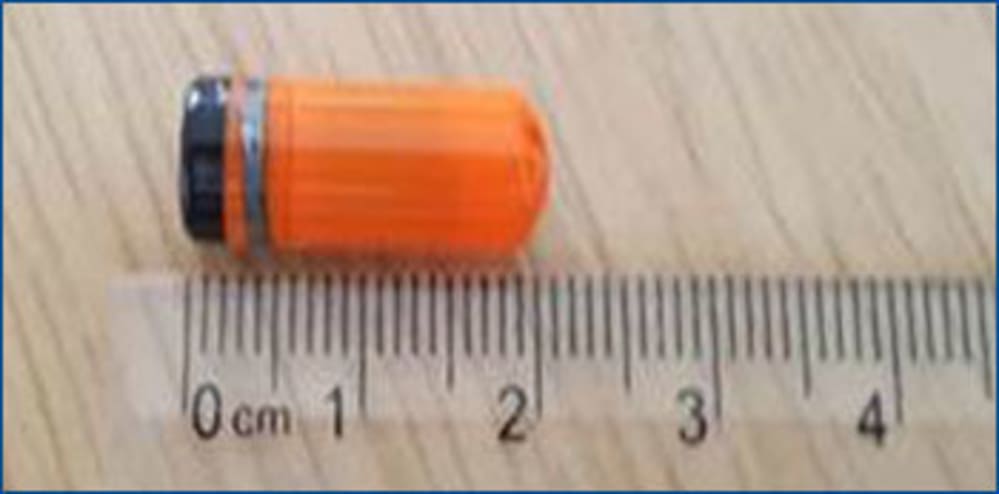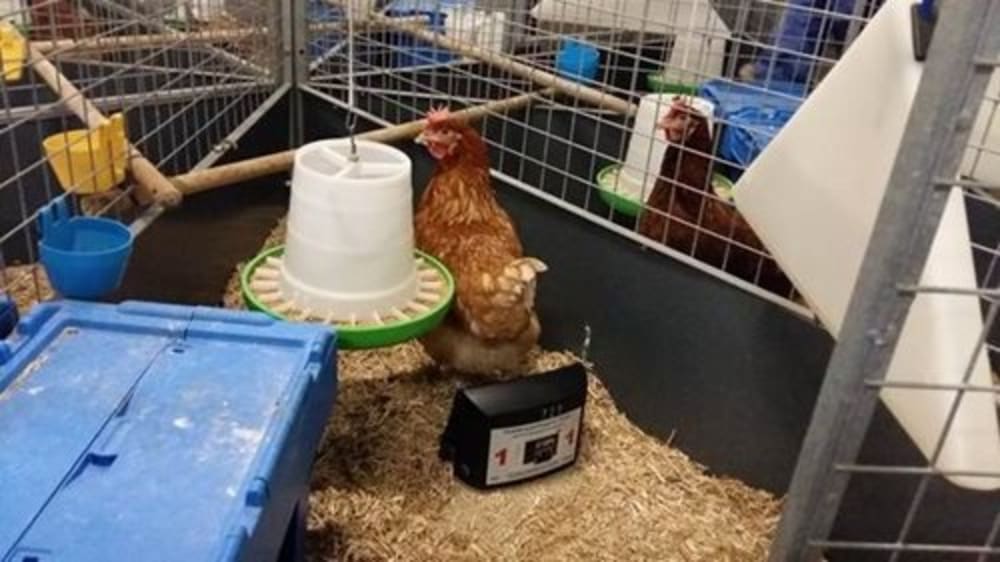Research brings insights into what goes on inside poultry
Published Thursday, 15th March 2018For our R&D Manager Sophie Lee, research is unlocking information on real time gastric pH changes in broilers and layers.
Using novel Heidelberg capsule technology currently found in human diagnostics, we can see how diverse pH is within individual birds - and what effect feeding different levels of phytase has on gastric acid secretions.
The Heidelberg pH Diagnostic System (5th generation)
This research enables a better understanding of the digestive process, allowing us to see how enzymes may be manipulating gastric acid secretions to optimise digestion.
Chickens in trial pen with transceiver that receives capsule pH signal and sends it onto a computer for data collection
How different phytases produce different inositol phosphate isomers
In this video interview from IPPE, Stefanie Gabler from our research team outlines exploratory studies using an in vitro system to see how different phytases can produce different inositol phosphate isomers.
Research also compares findings in vitro and in vivo to draw conclusions about how intestinal phosphatases and phytases interact with additional phytases.
Mimicking the in vivo system through in vitro tests means a better understanding of how phytases work, how they can be compared, and how to find new ones.
Latest news
Stay ahead with the latest news, ideas and events.

Online Feed Fibre Calculator
Calculate the percentage of dietary fibre in your feed
Our calculator is designed for nutritionists and uses averages of global raw materials to calculate the dietary fibre content (plus other more in-depth fibre parameters) of finished animal feed. These parameters are available within AB Vista’s Dietary Fibre analysis service (part of our NIR service).
Sign up for AB Vista news
A regular summary of our key stories sent straight to your inbox.
SUBSCRIBE© AB Vista. All rights reserved 2025
Website T&Cs Privacy & Cookie Policy Terms & Conditions of Sale University IDC policy Speak Up Policy


























